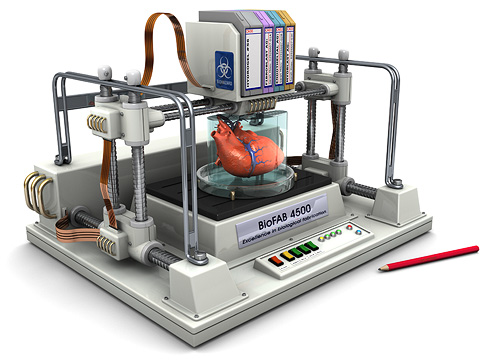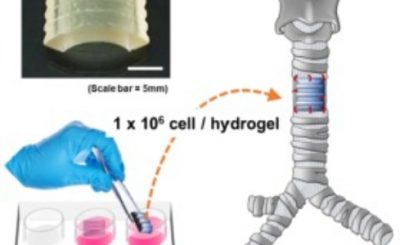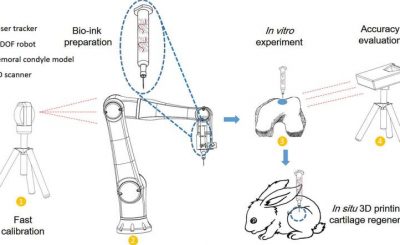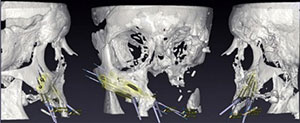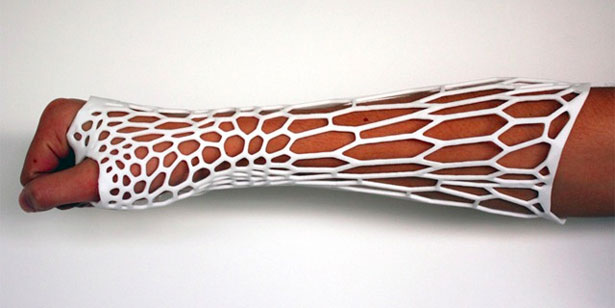While 3D modeling and 3D printing have evolved alongside one another since the 80’s, the full potential of 3D printing has not yet been realized in part due to the fact that the software has not been designed to realize it. With all of the geometric possibilities allowed in additive manufacturing, CAD software is now being developed to give designers the ability to take advantage of those possibilities. 

Implants that can be created with Within Medical include devices for repairing skull deformities, hip replacements, vertebral replacements, and facial reconstruction. And, with the software, doctors have already been able to provide more than 600 patients with a variety of 3D printed implants.
Daniel Fiz, CEO of medical tech firm Novax DMA, says, “Within Medical has contributed enormously to changing the way in which we design and manufacture implants. It is a tool with which both custom made and standardized implants can be designed and developed in a much more biological and intelligent way. As both a surgeon and a designer, I believe this is the most important tool I have ever used, enabling us to make anatomic designs that would be impossible with other software.”
Autodesk believes that generative design, which relies on cloud computing tens of thousands of points of data, is the future of manufacturing. Though such a design platform may not have to come from Autodesk, there’s plenty of evidence in the industry that that’s the direction in which we’re heading. 3D printing users from netfabb and Nervous System to Lawrence Livermore National Laboratory have demonstrated that such an organic approach to design can yield magnificent objects. Given Autodesk’s existing importance in the manufacturing field, however, there’s a great likelihood that Autodesk Within will play an essential role in driving us in that direction. If you’ve got 8 minutes to learn more, check out this BBC clip below:
